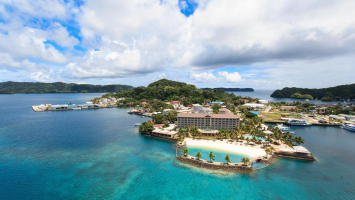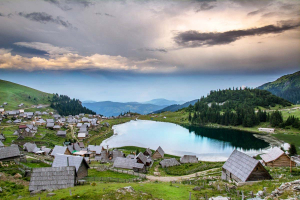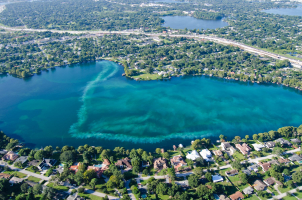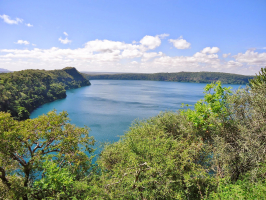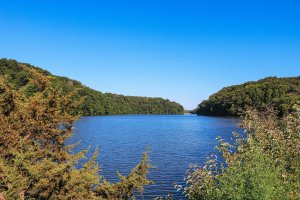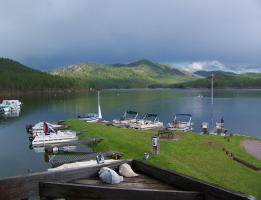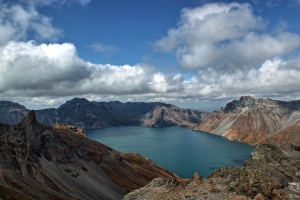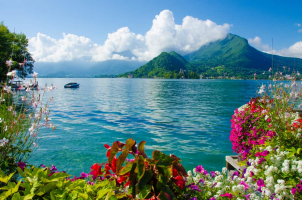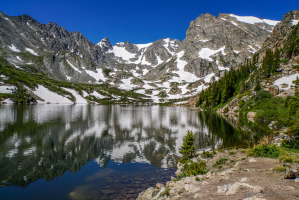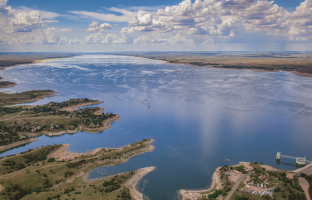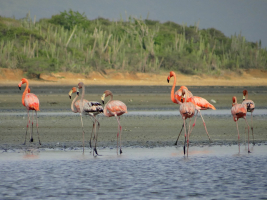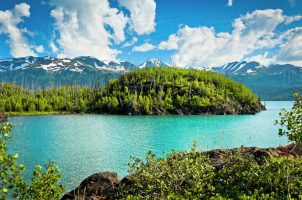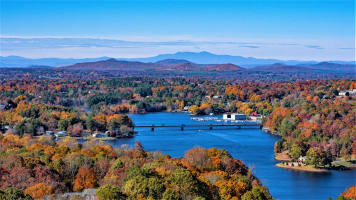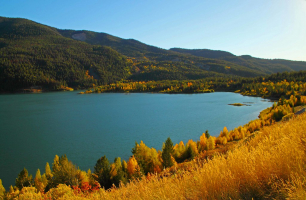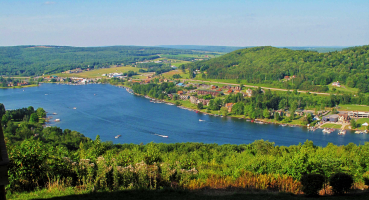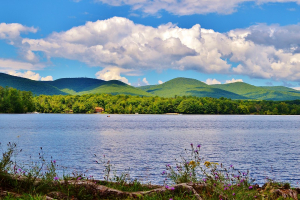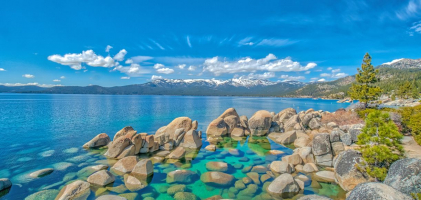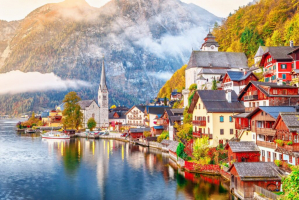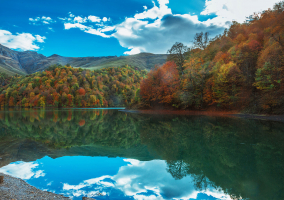Top 3 Best Lakes to Visit in Palau
The tiny island of Palau is a remote and beautiful tropical paradise. Palau is well-known in the diving community as having some of the best diving in the ... read more...world, and island tourism is mainly catered to the scuba diving community. However, Palau also does a remarkable job of practicing eco-friendly tourism. many people love visiting the island to experience the tropical weather and its landscape, part of that being the beautiful tropical lakes. In this list, we have the best lakes to visit in Palau!
-
Clear Lake (also called Clearwater Lake) is a marine lake located on Eil Malk island in Palau. This lake is 330 m (1,100 ft) in length, 30 m (100 ft) in-depth, and has a surface area of 3.9 ha. This lake is stratified into two layers, an oxygenated upper layer (mixolimnion) and a lower anoxic layer (monimolimnion). It is one of about 200 saline meromictic lakes that have been identified in the world. Moreover, this lake is one of the oldest meromictic marine lakes in Palay and is circa 15,000 - 12,000 years old.
Clear Lake is notable for endemic subspecies of golden jellyfish and is one of five marine lakes in Palau used for several scientific pieces of research in evolutionary biology, alongside Jellyfish Lake and Goby Lake, which we will include in this list.
Lots of tourists love stopping by Clear Lake on their journey to explore the many lakes in the Rock Islands. While being at this lake, tourists love to ride a boat to view the beauty of nature and look at beautiful jellyfish under the lake water. If you are overwhelmed by the beauty of the jellyfish here, give Jellyfish Lake - a lake nearby a chance. In there you'll be able to not only look at the jellyfish but also swim with them in the beautiful blue water.
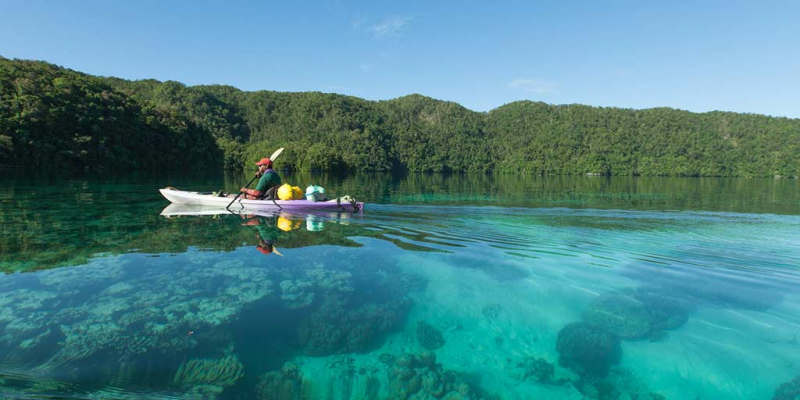
Photo: www.worldnomads.com 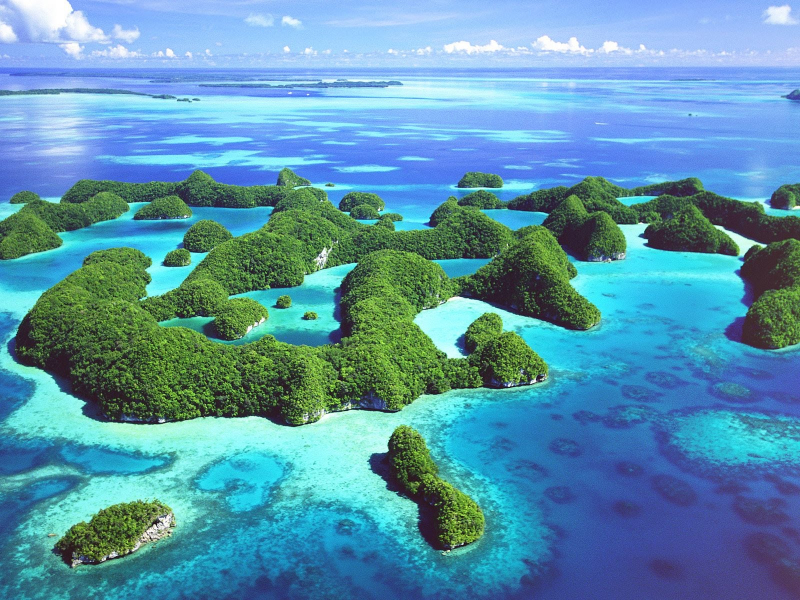
Photo: sites.google.com -
Goby Lake is a marine lake located on Koror island in Palau. This is a small (with just 2.1 ha) meromictic marine lake with a maximum length of some 260 meters and has formed rather recently (in geological terms). Bogy lake is comparatively shallow – only the larger north-eastern part reaches 18 meters in depth. Here, in the north-eastern part in 9 – 10 meters depth, there is an intense layer of purple-sulfur bacteria with anoxic water below.
Goby Lake is rich in species with small fishes of several species such as: Acentrogobius janthinopterus, Exyrias puntang, Ophiocara porocephala, Parioglossus, etc. The most renowned inhabitant of the lake though is an endemic subspecies of jellyfish Mastigias cf. papua nakamurai named after Palauan president Kuniwo Nakamura. This jellyfish is also called "golden jellyfish". Golden jellyfish can become quite abundant in the small lake. It reaches 15 cm in diameter, is somewhat asymmetrical, and avoids shadow.
Goby lake is one of five marine lakes in Palau used for several scientific types of research in evolutionary biology. This lake is also included in tourist routes although it is less popular than Jellyfish Lake. Lots of tourists come here to dive in the beautiful blue water, experience swimming with jellyfish, or just to enjoy the beauty of nature.
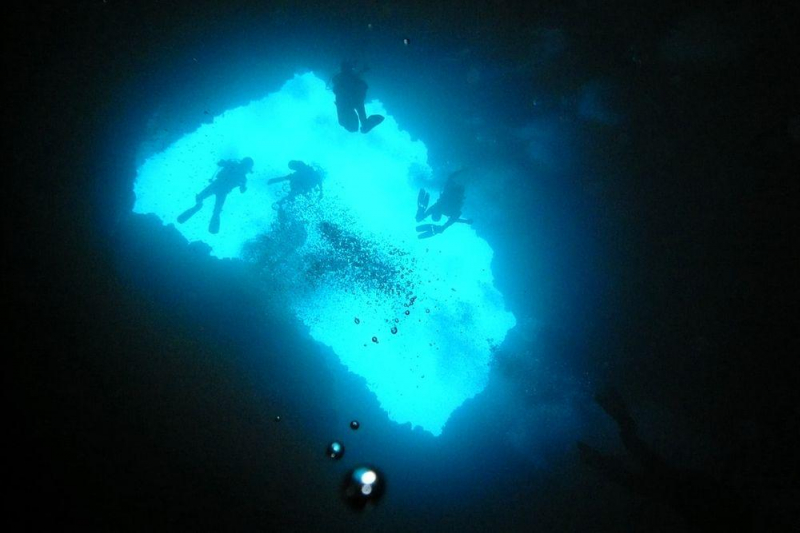
Photo: www.wondermondo.com 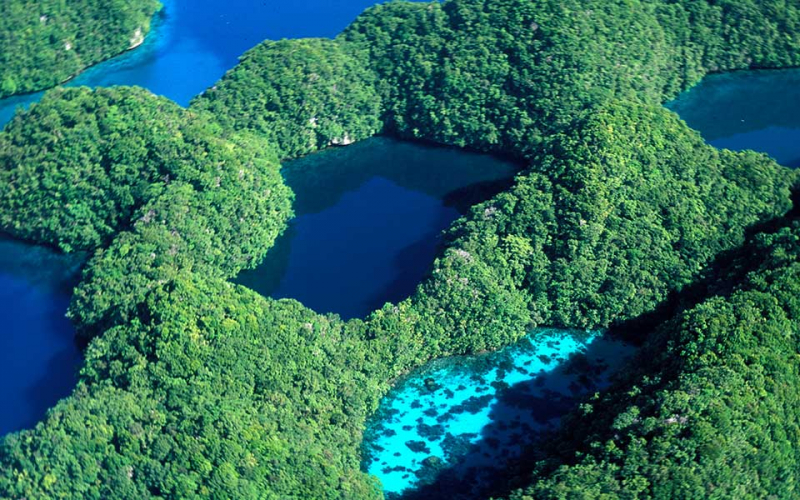
Photo: coralreefpalau.org -
Jellyfish Lake (also called the "Fifth Lake" in Palau) is a marine lake located on Eil Malk island in Palau. This lake is 460 m (1,510 ft) max in length, 160 m (520 ft) max in width, and has a surface of 5.7 ha, and an Average depth of 30 m (100 ft). Jellyfish Lake is around 12,000 years old, this age estimate is based on the depth of the lake, an estimate of the thickness of the sediment, and the rising sea level since the end of the last ice age.
Jellyfish Lake, you can tell from its name, is famous because of the jellyfish that live in the lake. Millions of jellyfish migrate horizontally across the lake daily. This lake has so many jellyfish that it became one of the most famous tourist attractions in Palau. Among the species, Moon jellyfish (Aurelia sp.) and Golden jellyfish (Mastigias sp.) take up the most in number. The two species of jellyfish look quite different from each other, and they make the lake looks just like something that comes straight out of a fantasy film. Swimming in the lake and surrounding yourself with thousands of jellyfish is a unique experience that only this lake can give you.
Jellyfish Lake is closed for a couple of years due to tourism. It’s now regulated and only a certain number of visitors are allowed each day. Therefore, if you ever have a chance to visit this magnificent lake, make sure to follow all the instructions and be a responsible eco-tourist.
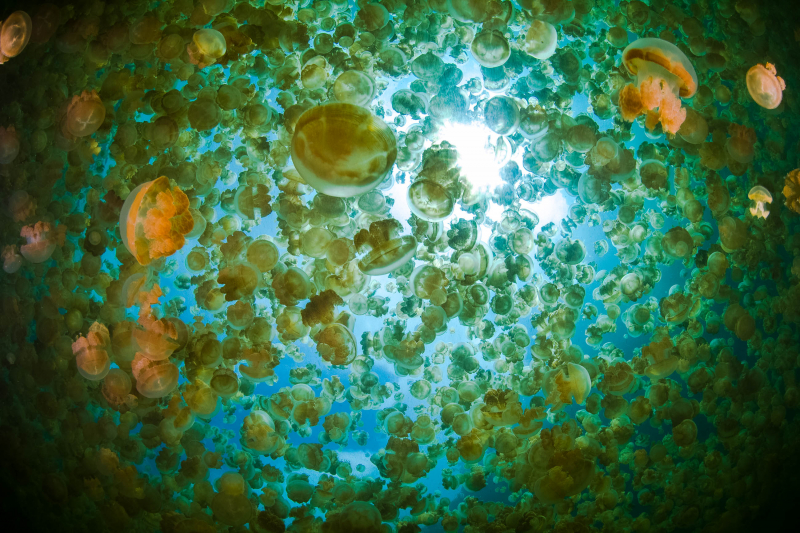
Photo: franks-travelbox.com Video: Travel Right Way





